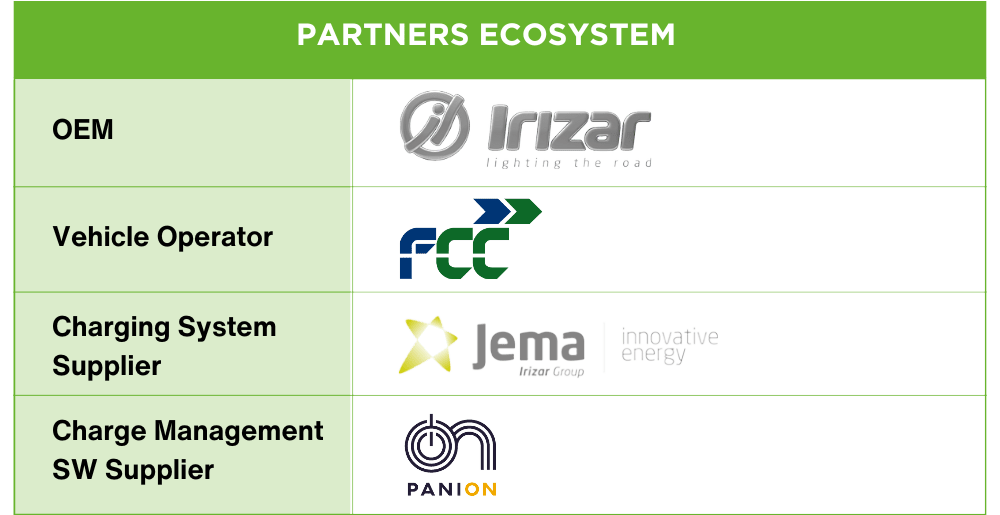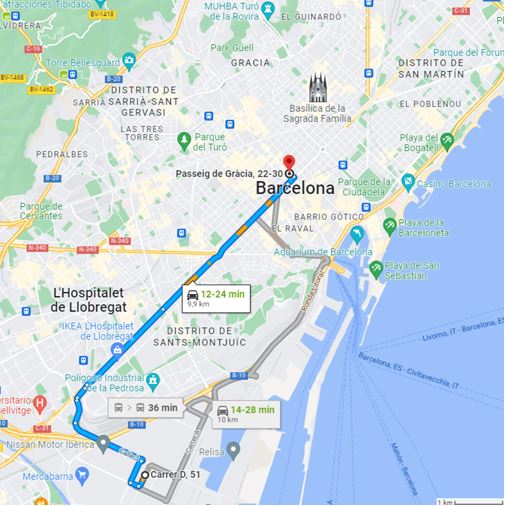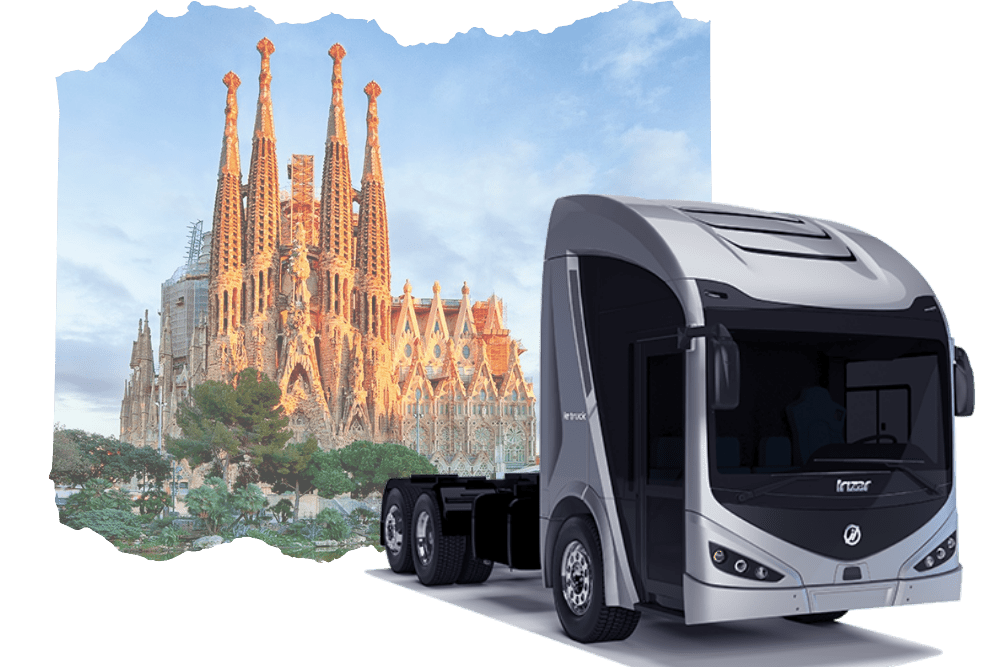Use Case 2 – Large dimension waste collection (furniture, home appliances, etc.)

The Barcelona pilot will contribute to facing the Catalan city’s main transport challenge: the historic centre protection, not conducive to motorised transport. A higher presence of electric-powered vehicles for urban logistics could significantly reduce pollutants and noise levels in the city centre and suburban towns.
The use case will demonstrate the integration of developed vehicles in a fleet of waste collection vehicles/vehicle parks. A fully operational ZEV will be integrated into the FCC waste collection fleet. This use case will demonstrate a smart and fast charging system, smart IoT system, connectivity, and connected fleet management with accurate range estimation.
The vehicle will operate in Barcelona in l’Example, Gracia and Ciutat Vella neighbourhood or areas. The route will depend on the daily demand. It will start the operation from the depot based in the south of the city every day. It will drive towards the mentioned areas with an approximate 10 km drive. Weather conditions in Barcelona depend on the time of the year, but they are suitable for the challenge.
The pilot will address:
- Zero emissions in the urban area with the same service and performance as the current vehicles equipped with a heat engine
- Noise emissions at the lowest technically possible limit, with special importance on starts, braking and in the use of bodywork
- Equal or improved functionality than conventional vehicles regarding acceleration, braking, automatic control and electronic regulation
- Improved access to the low cabin, avoiding frequent accidents
- Full integration of the body and cabin assembly exterior shapes, with aesthetic and aerodynamic improvement
- Improvement in the maintenance and accessibility of components due to the modular design of the components and their integration into the new vehicle, reducing costs
- Durability and recyclability of components: extending lifespan and allowing vehicle recycling, supporting the circular economy model
- Efficient charging and management with fast charging capability for optimized fleet management
Objectives
| 10% improvement in overall efficiency |
| Vehicle components sizing through use case assessment (digital twin) |
| 90% Payload capacity |
| Development and integration of next-gen. WBG-based power electronics (traction, auxiliaries, charger) |
| Tools for zero tailpipe emission vehicles integration in fleets (and mixed fleets) for efficient assignment of tasks Scalability through digital twin demonstration and connectivity approach for fleet management (tracking, mission profiles, charge management, maintenance management based on internal diagnosis) |
| Fast Charging/opportunity charging |
| 200km electric range scalability demonstration |
Innovations
- Improved thermal management model
- Digital twins
- Electric powertrain-based lightweight and modular platform that leads to payload increase compared to current ICE trucks and reduction of TCO.
- DC overnight charging infrastructure and strategy. Charging every day until full when the route is finished.
The Route
The vehicle will operate in Barcelona in l’Example, Gracia and Ciutat Vella neighbourhood or areas.
The route will depend on the daily demand. The vehicle will start the operation from the depot based in the south of the city every day. It will drive towards the mentioned areas with an approximated 10 km drive




